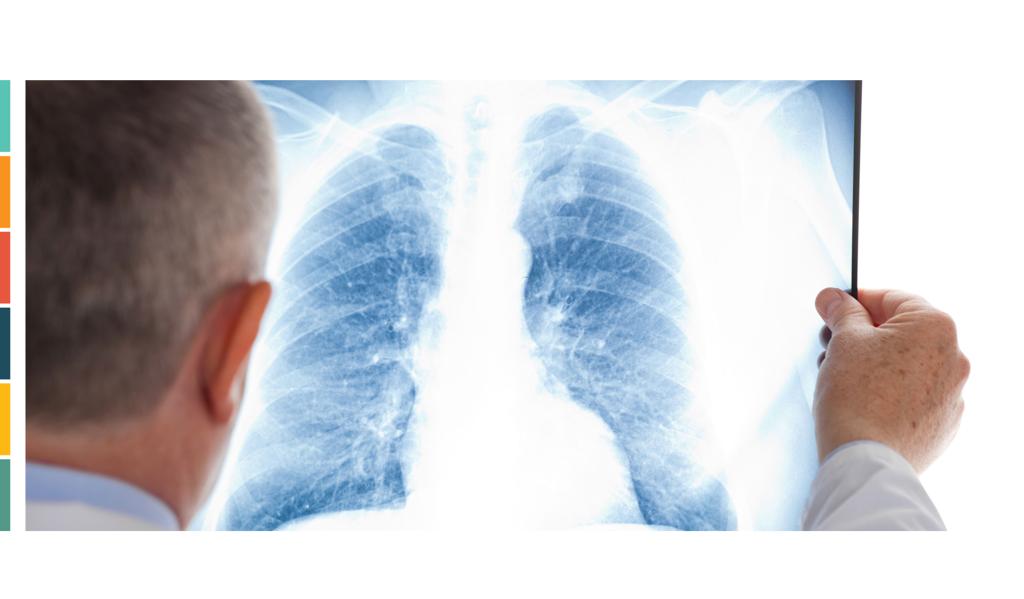Facts about Lung Cancer
Lung cancer is a disease that occurs due to uncontrolled growth of abnormal cells in the lungs. The condition is secondary to ageing and environmental factors (smoking). The cells may spread to other organs in subsequent stages (metastasis).
Lung cancer has become the most common type of cancer worldwide as the consumption of tobacco and tobacco products has an upward trend. 2 millions of new patients were diagnosed with this condition in 2012. A research conducted in Turkey shows that 75 out of every 100 thousand men and 10 out of every 100 thousand women are diagnosed with lung cancer.
What are the risk factors?
Our lungs are an organ that has connections with in vitro environment and they inhale outdoor air. Therefore, all harmful substances in the inhaled air may affect our health.
Tobacco and tobacco products: Smoking is the most common cause of lung cancer (more than 90%). The risk of cancer is increased by the number of cigarettes smoked per day, duration of smoking, starting smoking at younger ages, deep smoke inhalation and tar content. The risk of lung cancer is 40 folds higher in those who smoke more than 7 cigarettes per day.
- Family history of lung cancer
- Severe air pollution
- High arsenic level in drinking water
- Lung radiotherapy
- Scar in the lungs secondary to certain diseases
- Asbestos
- Radon
- Uranium
What are the symptoms?
- Cough
- Chest pain, shoulder pain and back pain
- Change in amount and color of sputum
- Blood in sputum and coughing up blood
- Shortness of breath
- Hoarseness
- Swallowing disorder
- Swollen neck and face
- Droopy eyelid (ptosis)
- Wheezing.
- Loss of appetite, unexplained weight loss
- Cachexia (muscle loss)
- Tiredness
What Are Types of Lung Cancers?
There are two types of lung cancer. They differ in terms of growth, spread and treatment.
- Small cell lung cancer (SCLC)
- Non-small cell lung cancer (NSCLC)
What Are Diagnostic Tests For Lung Cancer?
- Physical examination
- Chest X-ray
- Computerized Tomography (CT)
- Magnetic Resonance Imaging (MRI)
- Positron Emission Tomography / Computerized Tomography (PET/CT)
- Bronchoscopy
- Mediastinoscopy/Mediastinotomy: Both procedures are invasive in nature and show whether cancer spread to lymph nodes located in the rib cage.
What Are Stages of Lung Cancer?
Stage I: tumor is located only in a small part of lung and it has not spread to any lymph node yet.
Stage II: the disease has spread to closest lymph nodes or its size reduced before its spread to lymph nodes.
Stage III: tumor has spread to distant lymph nodes or to pleura, chest cavity or diaphragm.
Stage IV: tumor has spread to distant organs.
How is Lung Cancer Managed?
Surgery, chemotherapy, radiotherapy and other methods can be used alone or in combination for treatment of lung cancer. Treatment options may vary depending on type and stage of the disease.
Surgery
It is the most effect treatment method for lung cancer. It is usually recommended in early stages (Stage I, II and III). Only a part of lobe can be removed in surgery or the lobe or the lung can be completely resected.
There are 3 surgery techniques:
- Open surgery
- Closed surgery
- Robotic surgery
Radiotherapy
Radiotherapy (radiation treatment) implies use of high-energy X-rays to destruct cancerous cells and shrink tumor.
Chemotherapy
Major principle of chemotherapy is to stop growth and proliferation of tumor cells before they harm healthy cells of the patient.
Is there any screening for lung cancer?
Chest X-ray is the primarily preferred method for lung cancer screening in people younger than 50.
Today, computerized tomography is the screening test recommended for lung cancer in some countries. The screening method that is recently used in some countries is recommended for people, who are active smokers and have history of heavy smoking (30 packages-year or more) or who are 55 to 74 years old, who had quit smoking in last 15 years. A study conducted in the U.S. demonstrated that risk of death secondary to lung cancer is 20% lower relative to people followed up with chest X-ray.
What Should Be Done to Prevent Lung Cancer?
Lung cancer is a preventable disease. Smoking and tobacco products are the major factor in lung cancers. Therefore, the most important preventive factor is to prevent smoking and have smokers quit smoking.
It is recommended to reserve factors that cause radiation exposure, such as computerized tomography, for absolute indications. Moreover, risk of cancer be reduced by preventing or minimizing (use of mask) of exposure to asbestos, radon, hazardous gases and chemicals.
Does Smoking Increase Risk of Lung Cancer?
Smoking strictly increases risk of lung cancer.



